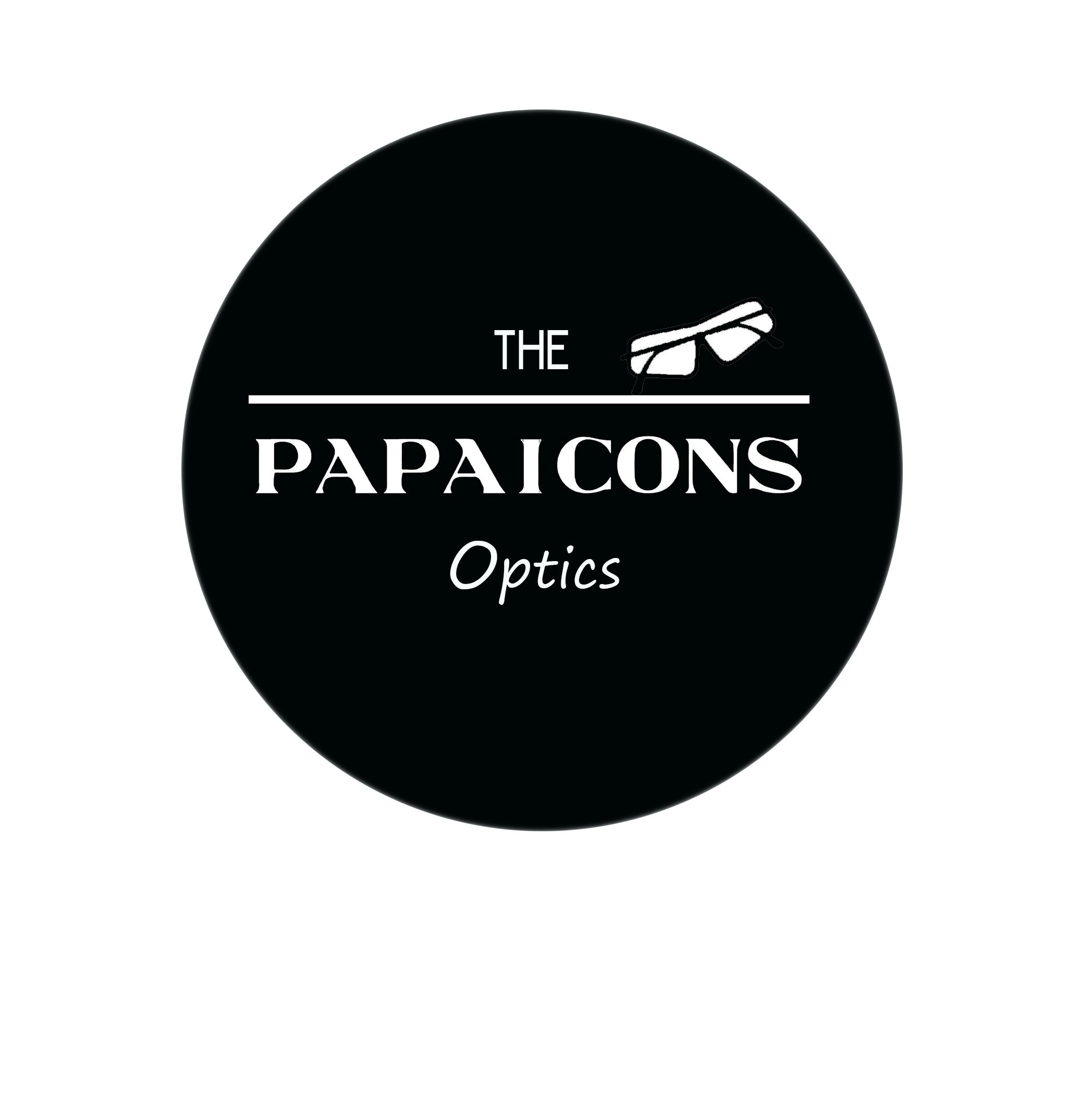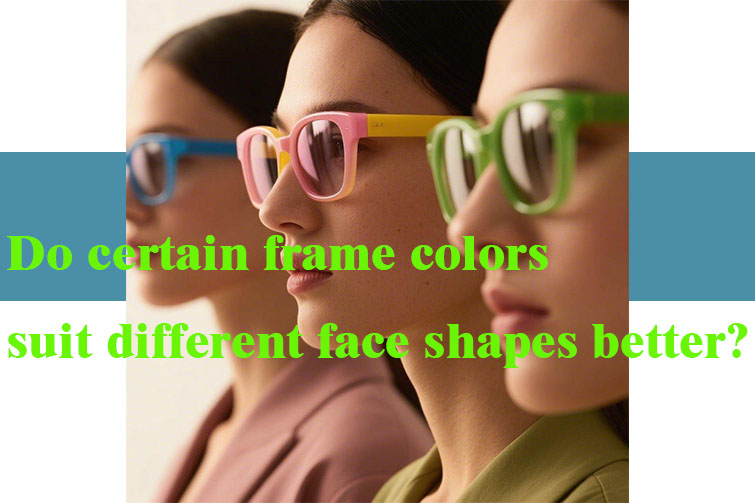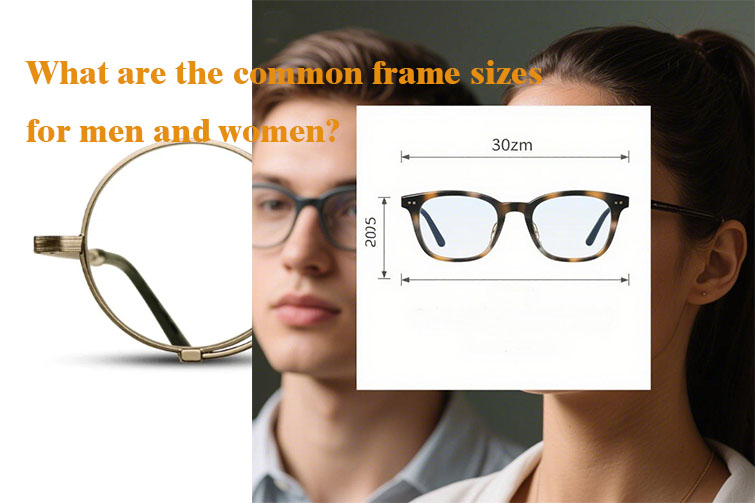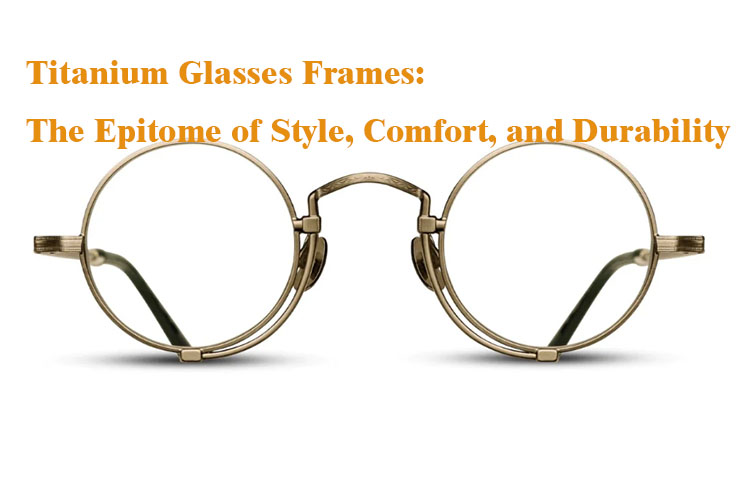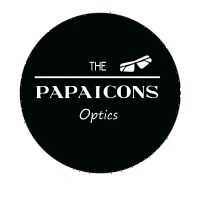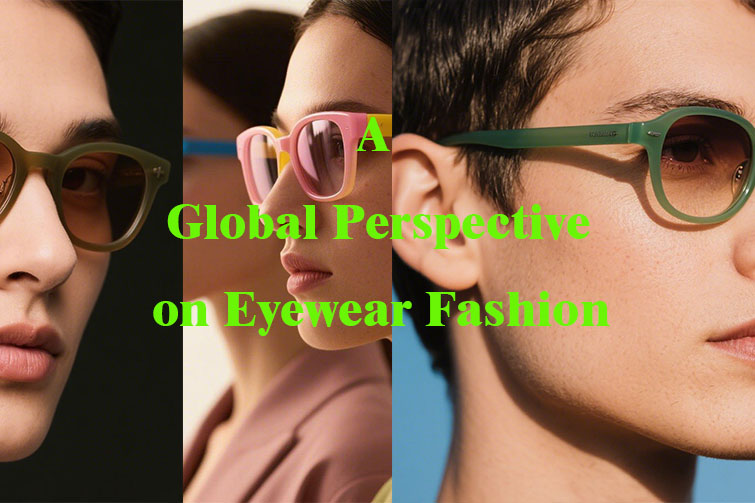
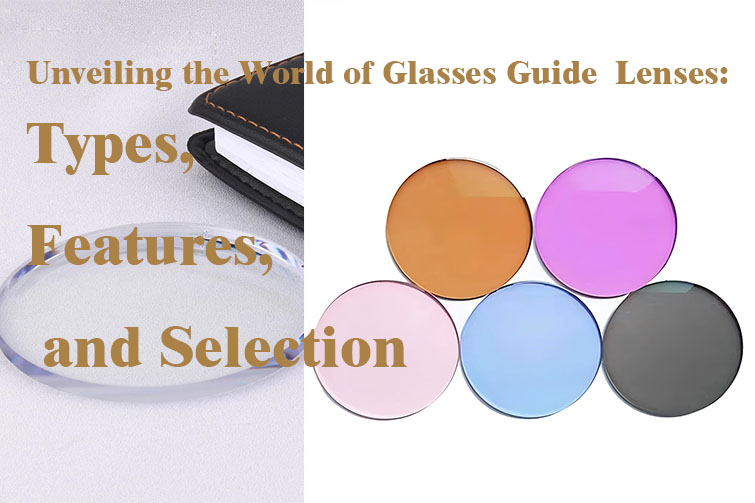
Unveiling the World of Glasses Lenses: Types, Features, and Selection Guide
1.When it comes to eyewear, the lens is the heart of the product, determining both visual clarity and comfort. Understanding the intricacies of lens materials, refractive index, shape, and quality testing is key to making an informed choice.
2.The landscape of lens materials is diverse. Resin lenses, a popular polymer compound, combine lightweight design, high impact resistance, and good light transmittance. However, they need protective coatings due to their susceptibility to scratches. CR39 lenses, a type of thermoset resin, are easy to tint and chemically stable, making them suitable for students and safety goggles, though they lack scratch resistance. Glass lenses offer high clarity and scratch resistance but have become less popular due to their weight and brittleness. Polycarbonate lenses, or “space lenses,” are tough and shatter - resistant, perfect for sunglasses and sports glasses, yet their cost and scratch - prone nature limit their use. Nylon lenses, with high elasticity and optical quality, require professional processing and anti - scratch films. AC lenses, with excellent toughness and anti - fog properties, share the resin lenses' thermal expansion drawback. Polarized lenses, ideal for outdoor activities, filter out glare but depend on proper curvature for optimal performance.
3.The refractive index is a crucial factor. Higher values mean thinner and lighter lenses for nearsighted individuals, but extremely high - index lenses can cause aberrations. Mainstream options like 1.56, 1.60, 1.67, 1.71, and 1.74 should be chosen in consultation with an optometrist.
- Aspheric lenses are a game - changer compared to spherical ones. They correct vision issues, offer a wider undistorted view, and are especially beneficial for strong prescriptions.
- Quality testing parameters are equally important. The refractive index affects thinness but has a trade - off with chromatic dispersion. Scratch resistance, measured by methods like haze value or the BAYER test, impacts the lens lifespan. UV cutoff rate, with UV400 being a top standard, safeguards eyes from harmful rays. High light transmittance, enhanced by anti - reflective coatings, ensures clear vision. The Abbe number determines color discrimination, while impact resistance and coating firmness guarantee safety and durability.
Next time you shop for eyewear, remember these factors. Whether for fashion or function, the right lens can make all the difference in your visual experience.
#glasses lenses types lens materials
#refractive index
#spherical vs aspheric lenses
